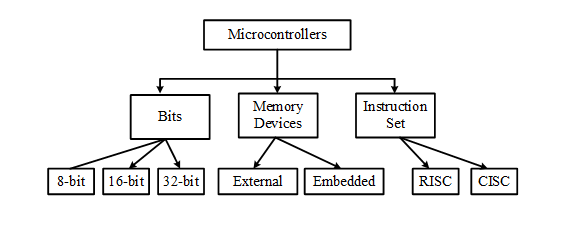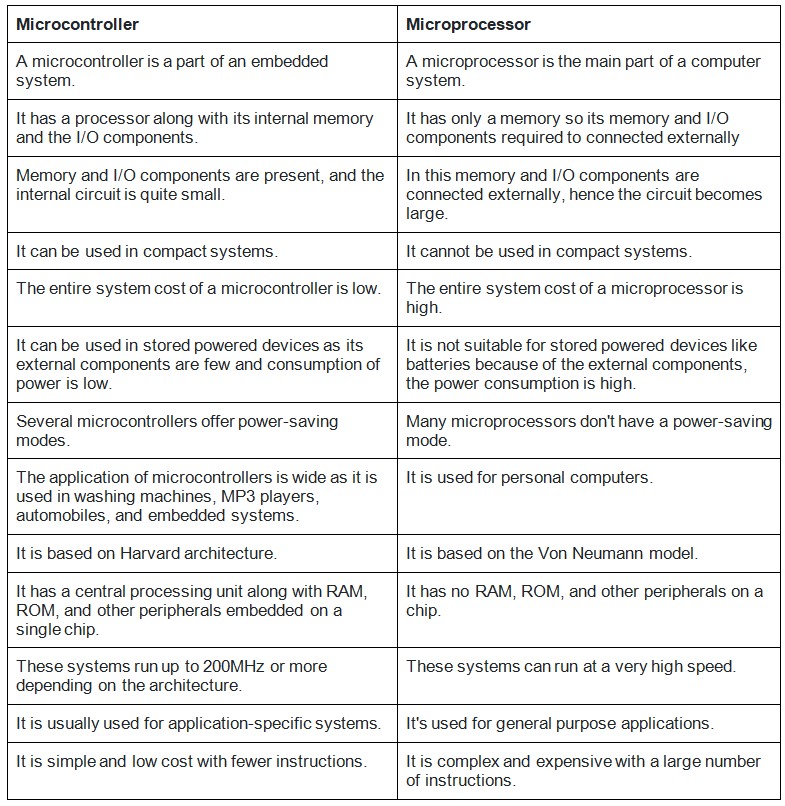
Microcontrollers, often referred to as MCUs (Microcontroller Units), are the backbone of countless modern technologies, designed to perform specific tasks with efficiency and precision. These compact, single integrated circuits power everything from household appliances and automotive systems to medical devices and industrial machines.
At their core, microcontrollers function as self-contained mini-computers, integrating essential components like the CPU, RAM, ROM, I/O ports, oscillators, and more. Their ability to process data, interact with external devices, and execute tasks seamlessly makes them indispensable in various applications.
In this blog, we’ll explore how microcontrollers work, their key elements, types, advantages, and limitations, as well as the vast array of industries where they play a pivotal role. Whether it’s enhancing consumer electronics or driving automation, microcontrollers are the unseen heroes behind modern innovation.
Known as MCUs or Microcontroller Units, microcontrollers are single integrated circuits (ICs) tailored for specific applications, designed to perform particular tasks efficiently.
While appliances, power tools, automotive engine control systems, medical equipment, premium consumer electronics, robust industrial devices, and computers are notable examples, the capabilities of microcontrollers surpass these applications significantly.
MCUs, or microcontrollers, are capable of operating at reduced speeds, generally falling within the range of 1 MHz to 200 MHz.
The Central Processing Unit (CPU)
The Random-Access Memory (RAM)
The Read-Only Memory (ROM)
The Input/Output Ports (I/O Ports)
Internal Oscillator
The Electrical Erasable Programmable Read-Only Memory (EEPROM)
A microcontroller’s data memory is utilized to store temporary information, which includes the data it receives for immediate processing. The processor accesses the stored instructions in its program memory to interpret the incoming data, converting it into a conventional language for practical use. Subsequently, it employs its I/O peripherals to facilitate communication and execute the necessary action.

Microcontrollers serve as microcomputers that operate without the inclusion of digital elements. The enhanced integration within these systems contributes to lower costs and a more compact design.
Microcontrollers possess a more intricate architecture compared to microprocessors. The system is capable of handling only a finite number of simultaneous executions.
Consumer Electronics
Instrumentation and Process Control
Fire Detection
Medical Instruments
Communication technology
Multimedia Application
Office Machines
Automobile
Microcontrollers vs. Microprocessors

Must Read: STM32 ADC: Analog Sensor Reading
Indian Institute of Embedded Systems – IIES